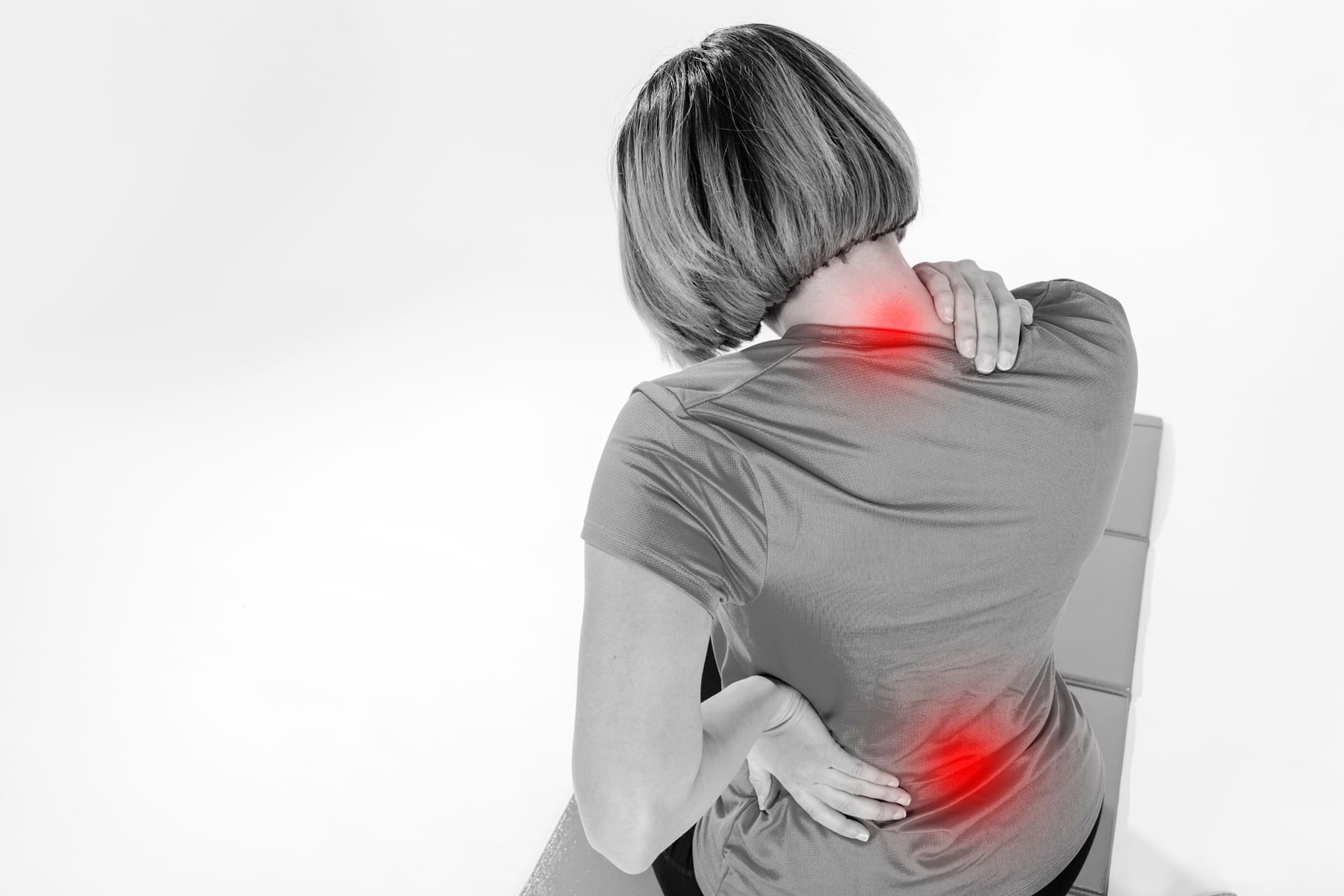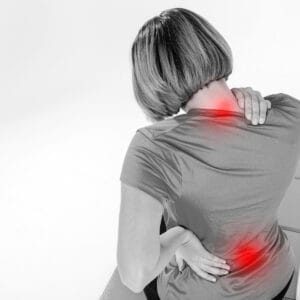Spinal stenosis is characterized by the narrowing of the spinal canal, which protects the spinal cord and the spinal nerves. The narrowing can put pressure on the spinal cord and the nerves that travel through the spine leading to a myriad of symptoms. This narrowing can occur in the neck (cervical stenosis) or lower back (lumbar stenosis) and can cause various symptoms such as pain, numbness, and weakness in the affected areas.
Symptoms of Spinal Stenosis
- Pain which may range from mild to severe pain which may be localized or radiate to other parts of the body.
- Sensation of Numbness or tingling, which may occur on the legs, arms, hands, or feet.
- Weakness, which can lead to difficulty in performing certain activities.
- Bowel or bladder dysfunction in severe cases
- Cramping of legs or sciatica
- Balance and coordination issues
Common Causes of Spinal Stenosis
- Arthritis and other degenerative changes
- Thickening of ligaments on the spine
- Disc herniation
- Tumors which may develop within the spinal canal
- Traumatic injuries to the spine like dislocation and fractures.
- Congenital conditions
Physiotherapy Treatment for Spinal Stenosis
- Strengthening exercises which may target the core muscles, back extensors and hip muscles
- Transcutaneous electrical nerve stimulation (TENS) for pain
- Manual Therapy such as joint mobilizations and stretching exercises
- Postural education
- Flexibility exercises to reduce stiffness and improve range of motion
- Spinal traction involves to help alleviate pressure on the nerves that are compressed.
- Heat and Cold Therapy
Click HERE to book an appointment with a physiotherapist at one of our eight locations.
- Physiotherapy Etobicoke – Triangle Physiotherapy Etobicoke
- Oakville Physiotherapy Clinic – Triangle Physiotherapy Oakville
- Physiotherapy North York – Triangle Physiotherapy North York
- Mississauga Physiotherapy Clinics – Triangle Physiotherapy Mississauga
- Downtown Physiotherapy Clinics – Triangle Physiotherapy King West
- Uptown Physiotherapy Clinics – Triangle Physiotherapy Lawrence Park
- Physiotherapy Clinic Downtown Toronto – Triangle Physiotherapy Queens Quay
- Physiotherapy Clinics Mississauga – Triangle Physiotherapy Erin Mills




